Sunday Edition #8 - Translations and Ekphrastic Writing on Digital Art
Also: Mario Kart World's Impeccable Soundtrack, Paddington 2, and new Tame Impala
Welcome to the Sunday Edition where I share interesting articles and links alongside what I’ve been up to!
Ekphrastic Writing on Digital Art
TIL about “ekphrastic writing” in art. If you read about art, you’ve seen this language before. Regina Harsanyi in writing for the Infinite Images exhibit for the Toledo Museum describes it as:
Ekphrasis can be defined as detail-driven language meant to transport readers or listeners with great vividness to works of art they have otherwise not witnessed. In service of ekphrasis, art history includes a developed, sophisticated vocabulary for discussing traditional materials and processes.
Regina notes the vague terms often used when describing digital art (never mind conceptual smart contract works) and that digital art often lack intentional ekphrastic writing.
Yet when confronting art with digital components, art historians and critics retreat into vague terms like “virtual” or “immaterial,” as if these works somehow float beyond physical reality. This vocabulary gap reveals the underdeveloped language in art history and criticism for digital materials despite the fact art with digital components often does not demonstrate a fundamental difference in its physicality.
As an example, she used ekphrastic writing to describe Operator’s Human Unreadable (one of my favourite artworks in the last few years).
Excerpt:
This computational architecture illustrates the relationship between digital palpability and the human body. Each transcoded layer: motion capture to coordinate data to mathematical hash to graphics processing to photon emission, preserves something essential about human movement while progressively abstracting it through material transformations. What emerges is dance reconstructed as an algorithmic process, creating what Operator terms “analog generative models” that produce new choreographic sequences through mathematical recombination instead of playback, suggesting that computation might be another form of embodiment rather than an absence.
Kevin Buist’s sentiment is closer mine:
In general, I agree with the essay, because most writing about digital art (especially, crypto art), still struggle to convey meaning properly. But, I also find that language like this further removes context to an even deeper niche. It’s not saying that simpler language is necessary, but it’s simply acknowledging the struggle and trade-off. You *need* better language to describe context, but the deeper you go, the more unfamiliar it gets to any new eyes.
So yes, it’s valuable to write better about digital art. But, that detail *can* actually be unhelpful as well, especially as Kevin, points out, when the description doesn’t have much to do with the work. But, it can also be something that interests a potential viewer.
You’re ultimately stuck in a tension of description that needs more in-depth context without getting lost in the weeds. How is such a tension solved? One can just write to a specific audience and call it at that, but I think there’s an interesting option emerging.
An interesting solution comes from Ken Liu’s recently article on using LLMs as translators. It uses an LLM to provide various translations to a Chinese poem.
Of the many possible translations derivable from a single text, the classicist Emily Wilson had this to say: “The real question for a translator isn’t do you want to tell the truth or do you want to lie … it’s which truths to tell. There are many true facts about any original text, not all of which could ever be conveyed in another language.”10
A translation only appears to be “without agenda” to a reader when the interpretive frameworks and cultural assumptions behind the translation align with the reader’s. Every translation requires a translator, a subjectivity. In the case of an AI-produced translation (at least the AIs based on the current, dominant architectures), the subjectivity is extracted/excavated/synthesized from the embedded subjectivities in all the linguistic examples it trained on.
When you write about art, you’re a translator. While I adore Regina’s description, here’s a simple prompt for ChatGPT, asking it to rewrite the paragraph based on what it knows of me such that only *I* can understand it better.
This work explores how human movement can be transformed—not erased—by computational processes. Starting with motion capture, the body’s gestures are converted into coordinate data, then hashed mathematically, processed graphically, and finally rendered as light on a screen. Each layer abstracts the original movement, yet something vital—its essence—remains. The result isn’t just a recording of dance, but a system that can generate new movements algorithmically. The artist calls these “analog generative models”: not simulations, but evolving choreographies that suggest computation can embody physicality in its own way—not replacing the body, but reimagining it.
Ultimately, the point of the use of translations with an LLM is not to have only one translation, but many. And in that way, you might hope to “see” the vision. A final translation asks ChatGPT to rewrite it to someone that has never seen digital art before.
This artwork shows how technology can capture and reimagine something as physical and emotional as dance. It begins by recording a dancer’s movements, then gradually turns that motion into numbers, patterns, and eventually light on a screen. Even though the process moves further away from the human body at each step, the spirit of the movement remains. Instead of simply replaying a recorded performance, the system uses these fragments to create entirely new dances—almost as if the computer is learning how to move. The artist suggests that rather than being cold or distant, technology might be another way of expressing the human body—just in a different language.
Thus, in a sense, the ekphrastic art writer should write as deeply and as niche as they could and should. To see the art as they wish the world to see it in its most dense form. That kernel becomes the basis for translations to different audiences.
Translations aren’t perfect and meaning is always lost from its original intention. But, writing about art in itself is a translation. And then, if we can, we might use LLM translations to see it with many new eyes. The result is the ability for people to see *something*, rather than nothing (with hopefully the understanding that the translation is still a translation). What we could gain is an extra, latent space view of the art. So, yes, write about it as deeply as you wish.
Mario Kart World’s Soundtrack
Man, I enjoyed this video. If you’ve ever bopped to Mario Kart soundtracks, this is such a great celebration of it. The game *is* indeed an $80 soundtrack with a great game attached to it.
Scale in Games
Been quite a good amount of commentary recently on an AI-generated 2D/3D gif simulating a fantasy game. It feels quite magical.
People tried recreating it and some copied the style.
What I find most interesting about these snippets isn’t the generative AI aspect of it or the discourse of whether this already exists or whether it’s possible to create. Hidden in these snippets is actually a very simple narrative trick: it’s not about the aesthetics, it’s about making the goal visible in the distance. It evokes grandeur both in its potential journey, but also the potential of arriving might offer to the player.
…and the reality is, this isn’t new at all in gaming. The new Zelda open world games are excellent example of games using this narrative trick (BOTW + TOTK). There’s always something *there* in the distance and there’s a journey that awaits you on the way there. Very, very clever. I wrote about it 2 years ago.
The Storytelling Trick Hidden Inside Zelda
I love Zelda games. I loved Breath of The Wild (BoTW), and I’m now playing Tears of the Kingdom (ToTK). World and level design is a huge part of the success of any game, and there’s a lot of work that was done with both BoTW and ToTK to pull players through an open world such that incentivises exploration and eventually gets players where they need to g…
Monday Weddings
For Catholic weddings in Quebec, weddings usually took place on a Monday or Tuesday.
In the Victorian period in London.
Most telling was the gradual retreat of the Monday wedding – today one of the least popular options outside of bank holidays, but historically one of the most popular celebration days. The day after the parish was expected in church, rather than before, was used for relaxation, leisure, and festivity from the medieval period well into the modern era.
and…
Most telling was the gradual retreat of the Monday wedding – today one of the least popular options outside of bank holidays, but historically one of the most popular celebration days. The day after the parish was expected in church, rather than before, was used for relaxation, leisure, and festivity from the medieval period well into the modern era.
Really interesting!
What I’ve Been Up To
📺 Watching - Paddington, Paddington 2, Common Side Effects
Paddington, Paddington 2: After the success of the new Superman (which I haven’t watched yet), there’s a discussion about the value of kindness in characters (it’s “punk”). One of the films that James Gunn said is his favourite, was Paddington 2. I’ve been meaning to watch the films because of the historic impeccable reviews of Paddington 2. In part, I’m also doing a deeper study on what makes a good “kind” character tick. What makes it compelling. From Ted Lasso, Waymond in EEAAO, Paddington Bear, to Wild Robot. In part, after facing rejection this year in different parts of my life, I’m also just generally gravitating to media with kindness at its core. Bar none, it’s the thing that makes me cry the most in films, when kindness and love is used as a way to “win”.
So, with that said. I enjoyed the first Paddington. It was adorable and sweet, but I *totally* understand why Paddington 2 is so well regarded. It’s when the character comes into its own and where the endearing kindness shines through. The ending had me bawling.
Common Side Effects: I was enamoured with Scavenger’s Reign and hoped to eventually watch the studio’s new project, Common Side Effects. Got around to some of it this week.
I’m surprised at how sharp this show is. I thought it would primarily rest on its laurels for its great (psychedelic) animation, but the writing is also excellent. Great characters, goofy vibes, and compelling drama. It’s also a really great example of what’s called “voice” in storytelling. Them just adding flair to the story in detailed and funny ways makes it feel so much richer for it. Lots of care in this.
✍️ Writing - Querying Novel #2
I queried more agents. A side-effect of this process is that I’m learning a lot more about the entire landscape of literature publishing: the players, movers and shakers. I’m enjoying it.
🕹 Gaming - Donkey Kong Bananza
Playing a few minutes each day still and enjoying it. It gets more challenging as time goes on. Have seen a lot of commentary on it being a “Game of the Year” candidate. I wouldn’t say it’s reached that level for me, but I definitely rank it as a very entertaining platformer. If you like Nintendo platforms, definitely do get this.
🎶 Listening - Tame Impala - End of Summer
Tame Impala remains one of the most interesting modern musicians. While many have tried to copy his psychedelic pop sensibilities, he feels distinctly singular. The new tracks has grown on me, mixing techno-ish elements with his classic pop psychedelia. Almost reminds me of Avalon Emerson in some sense (that both do techno and eletronic summer pop music under the same pseudonym).
On the heels is BLACKPINK’s Jump. Certified k-pop banger. Couldn’t enough of this track too this week.
That’s it for this week, friends. Hope you get to see a lovely sunset.
Simon


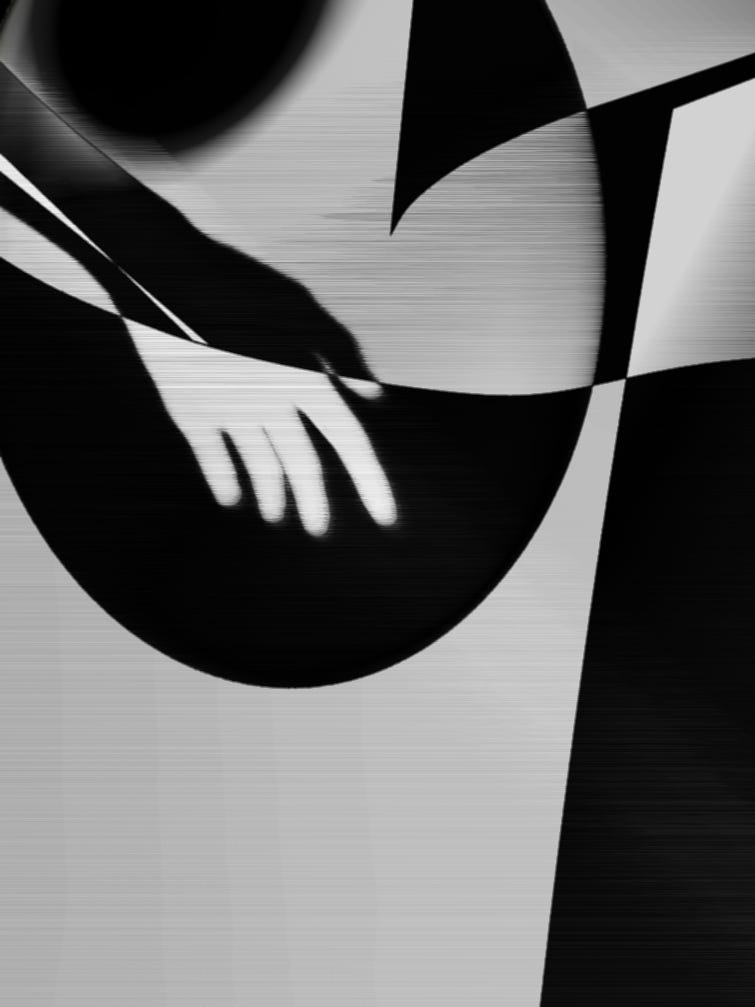
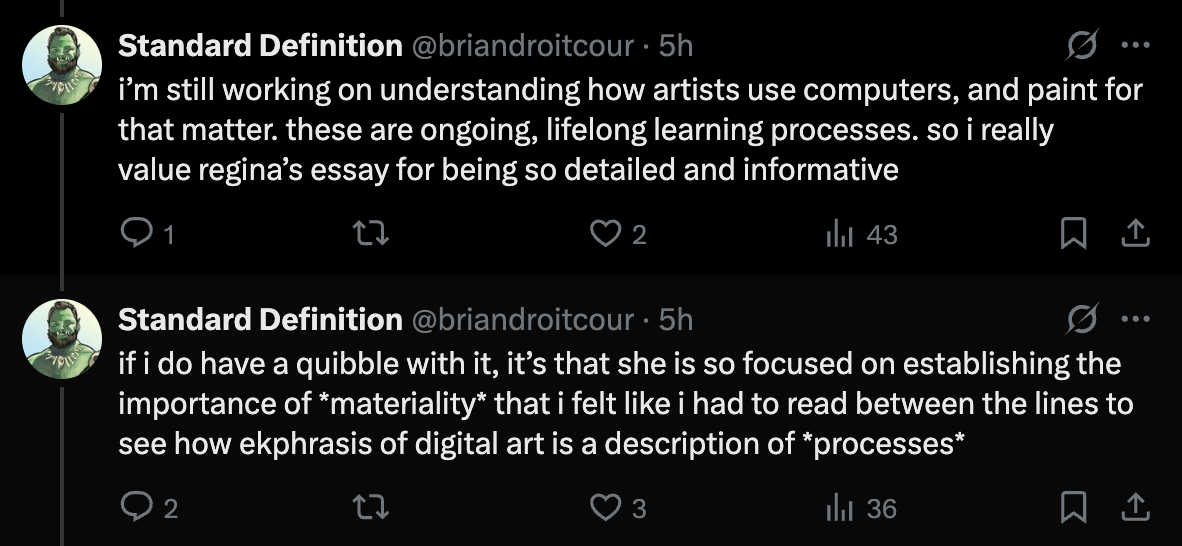
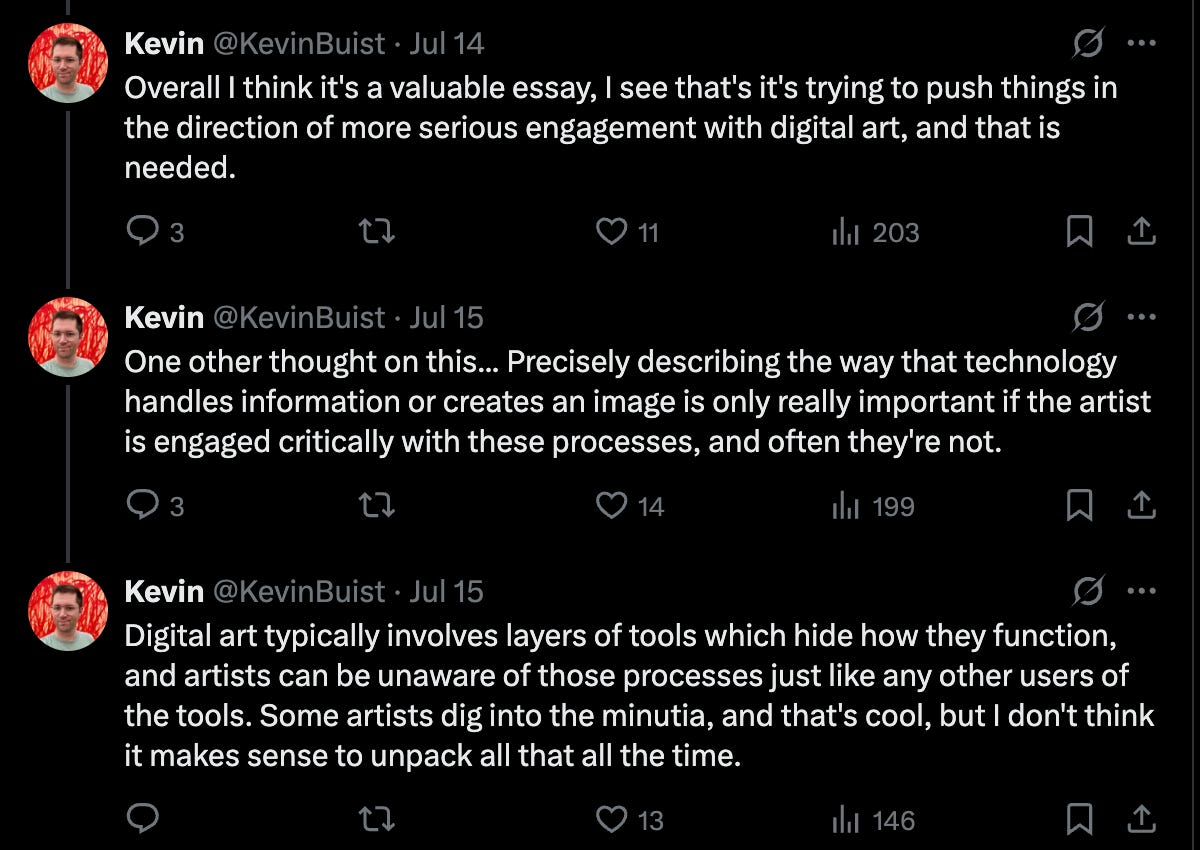
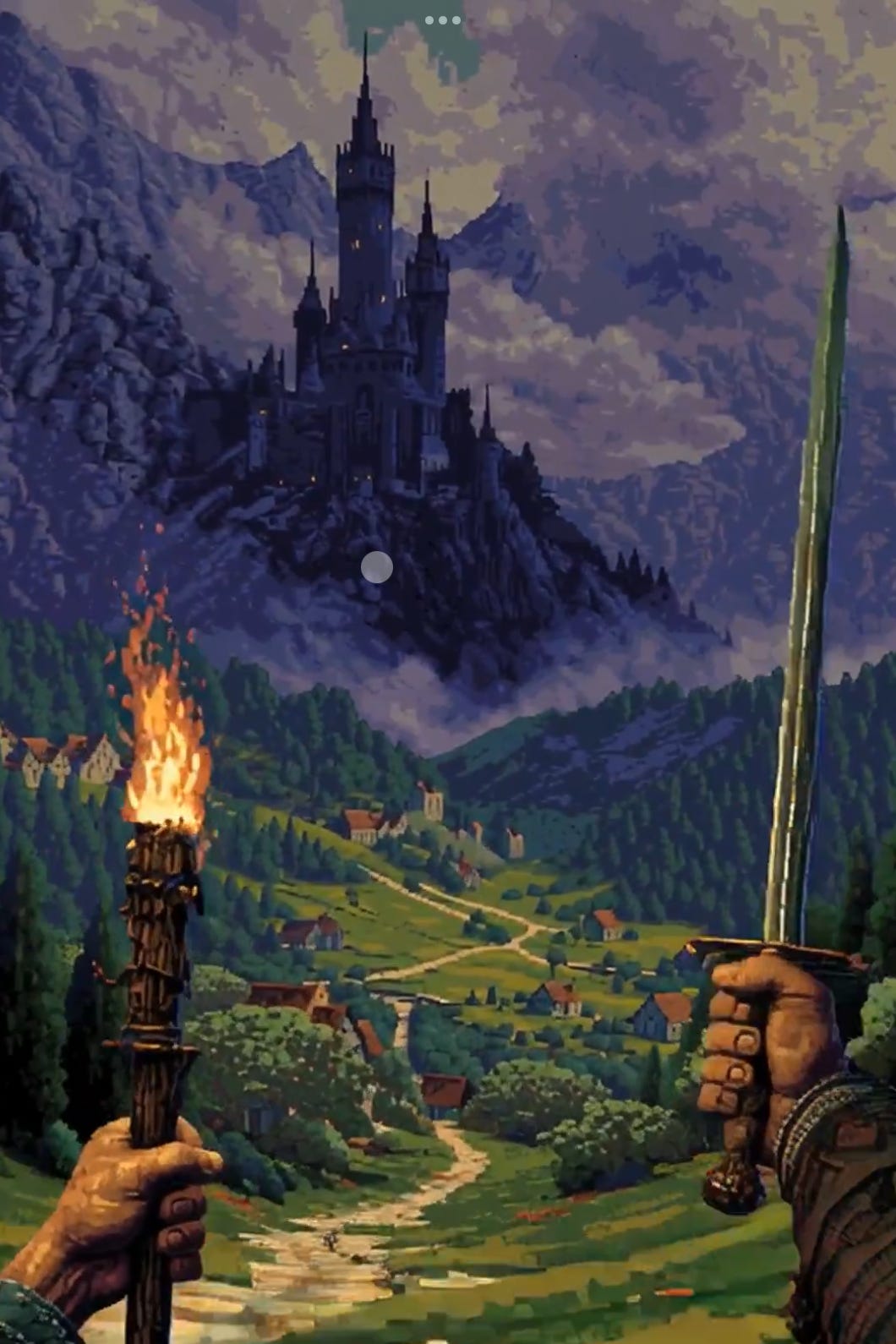
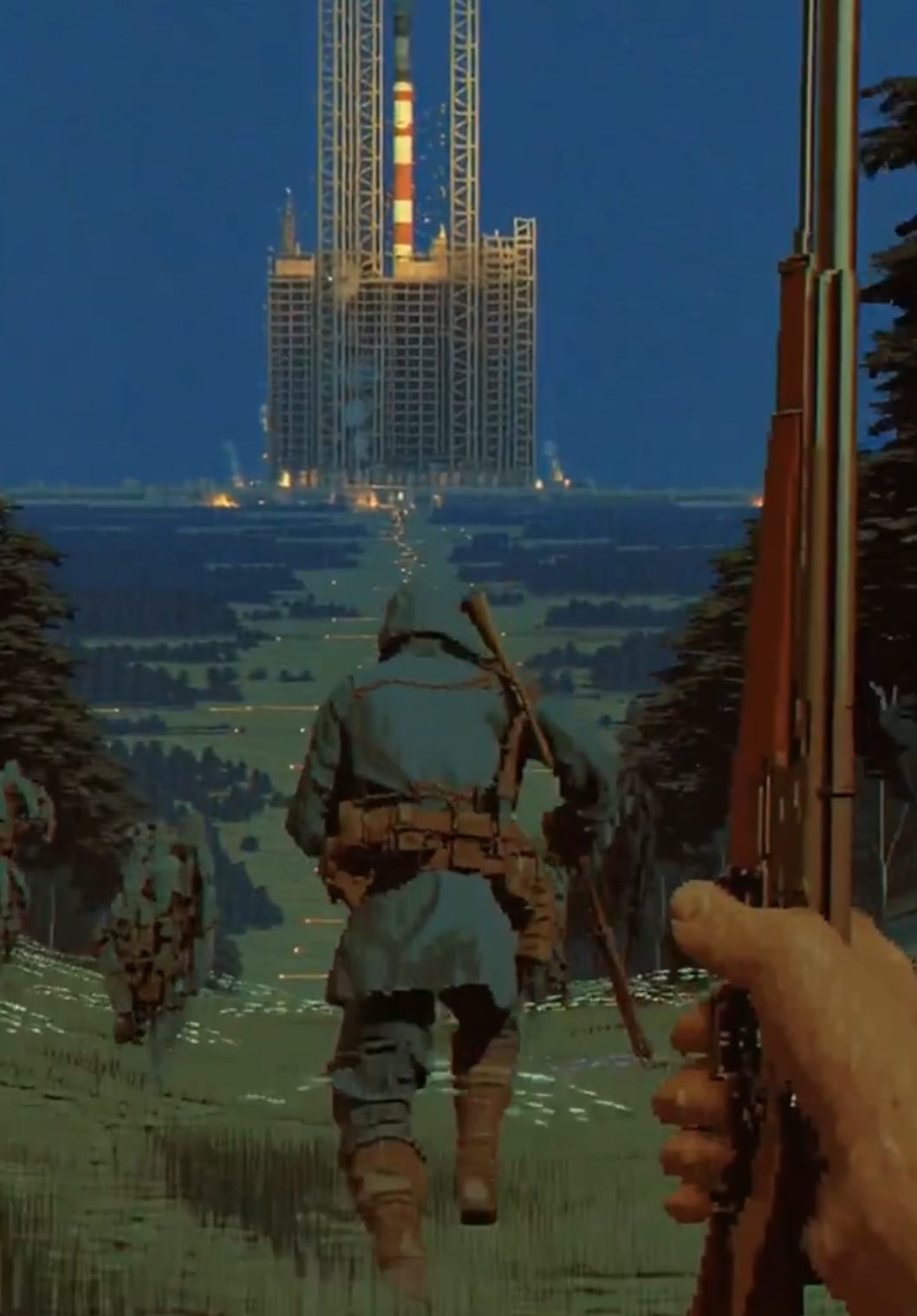
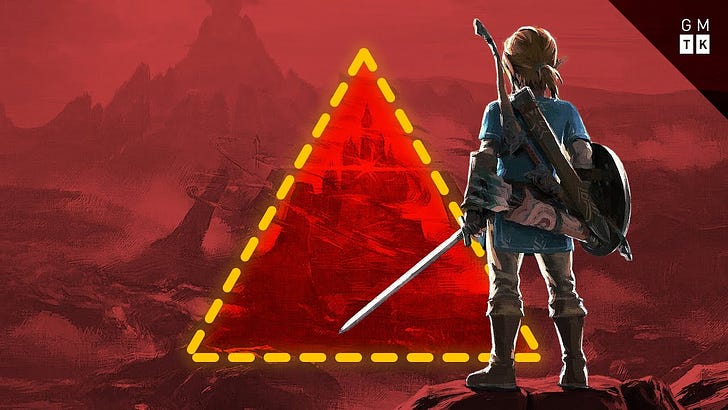
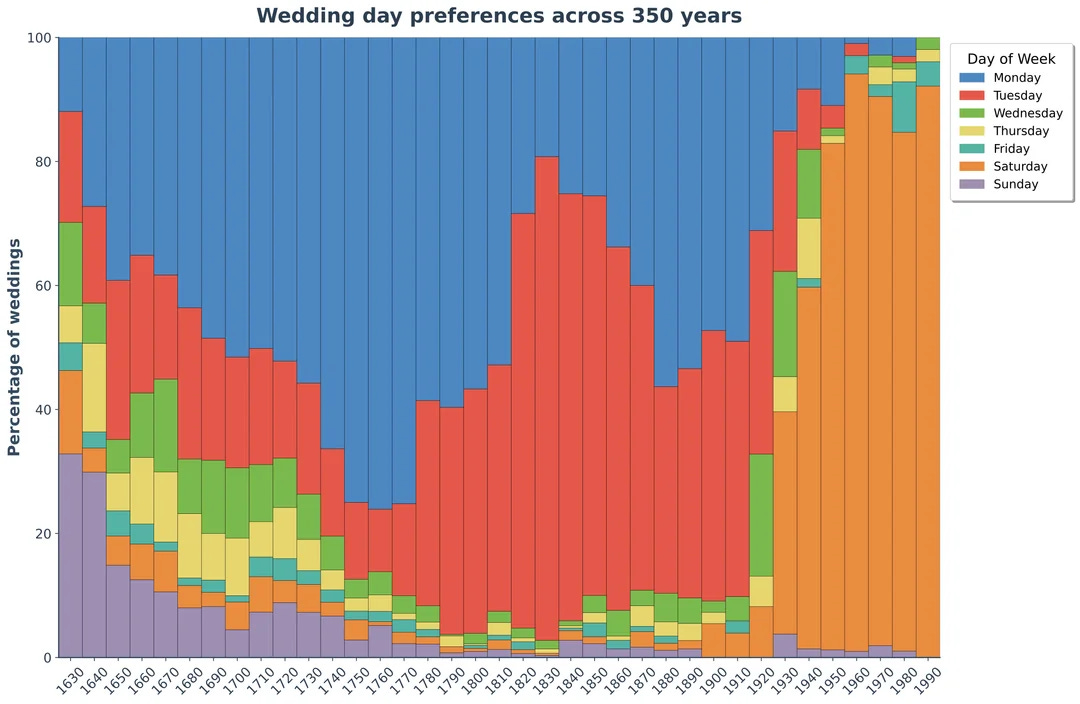
Those ekphrastic samples were interesting, but having read a lot of both critical art analysis and ekphrastic poetry, I am finding a real need for not just "let us break down it's layers of meaning" but actually something more simple, possibly a simplicity more difficult to write than the discoursy variant:
What are you experiencing, how does it feel, and why is that important enough to write about?
Without even having seen the artwork described: "Dance choreography is processed into numbers which themselves, as you consider them, seem to dance. This raises the question of whether the computer is learning to dance without a body, or even can, which begins to feel like a blurry distinction the longer you spend involved with the piece."
My read on the lack of ekphrastic writing in digital, particularly NFT art is all about curatorship and framing. To write about a piece you have to contemplate that piece. There's very little contemplation time for digital pieces, as they are predominantly featured in feeds, as series, from profiles, and are usually generative and process-oriented even if they're not generative or processing art nor made with generative or processing algorithms.
You can't write ekphrastics about an Instagram page or SuperRare drop, is what I'm saying. You need the piece itself to stand on its own as a conversation amongst people, for a single person to be moved enough to feel they must write about it.